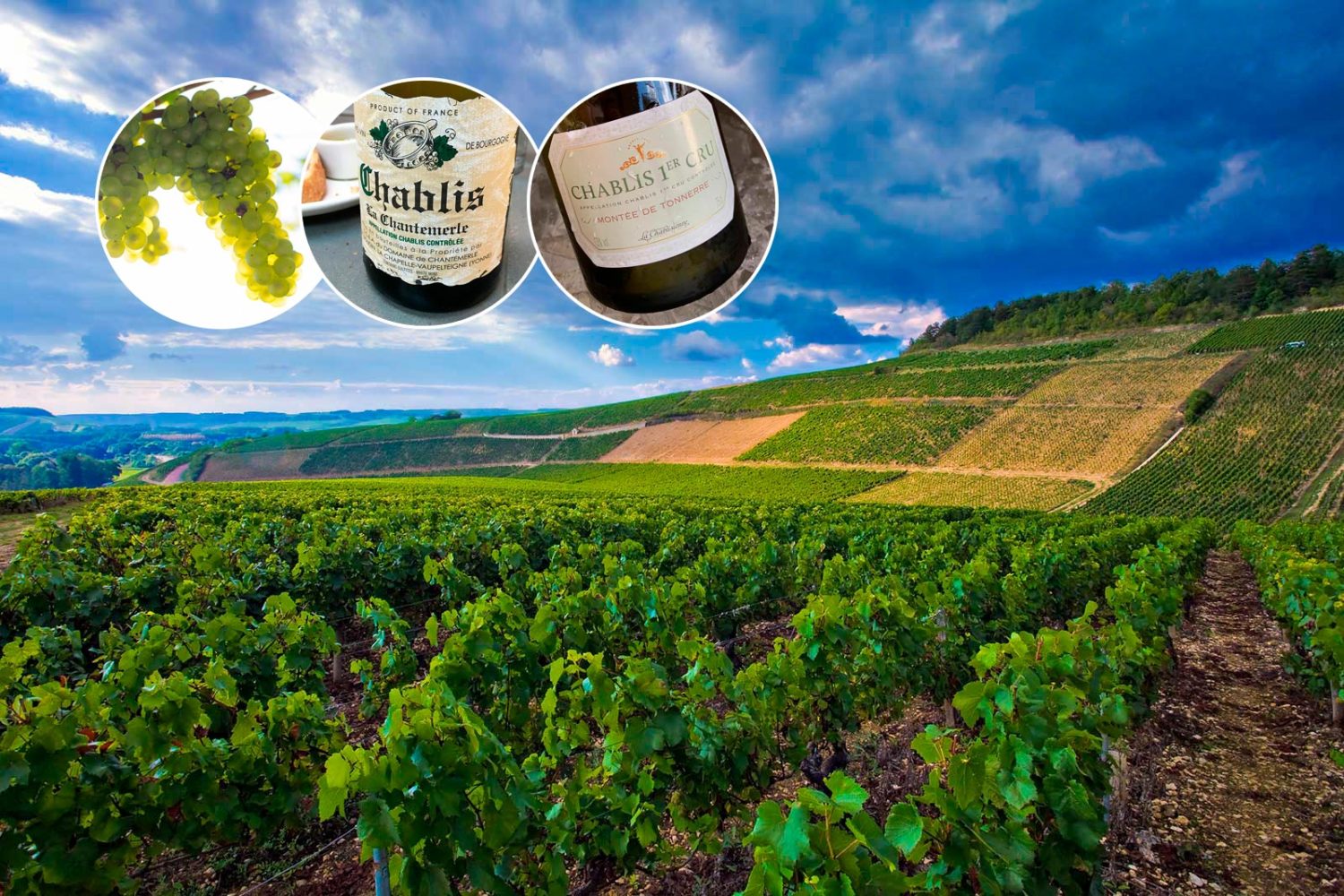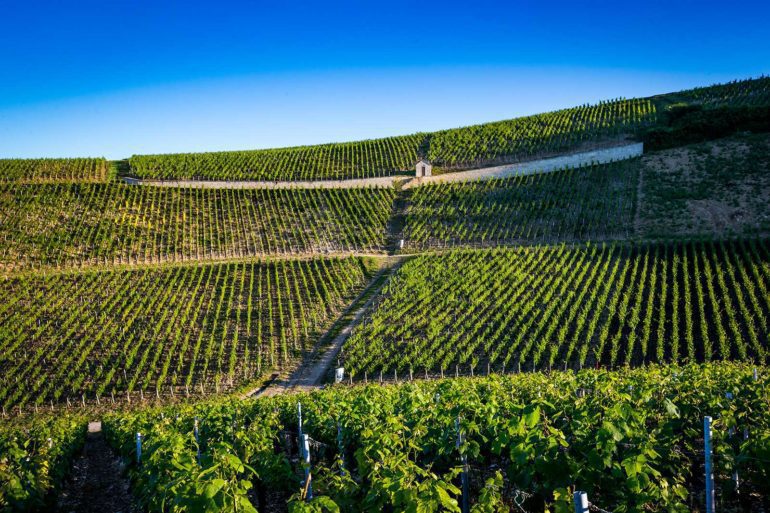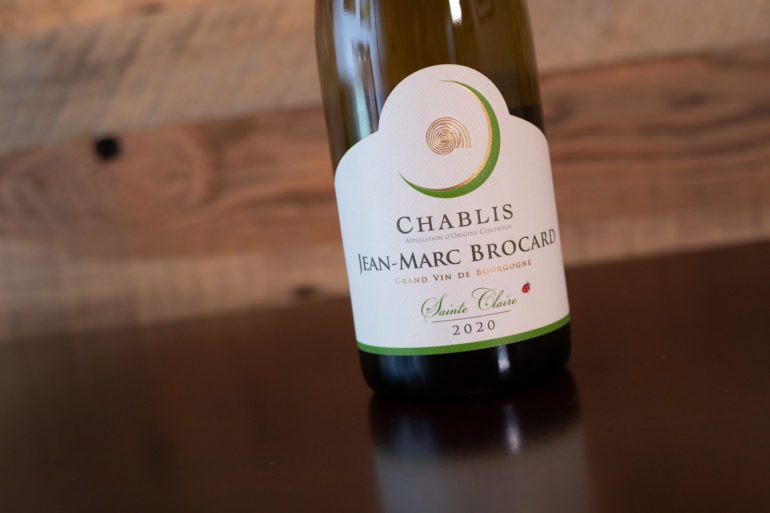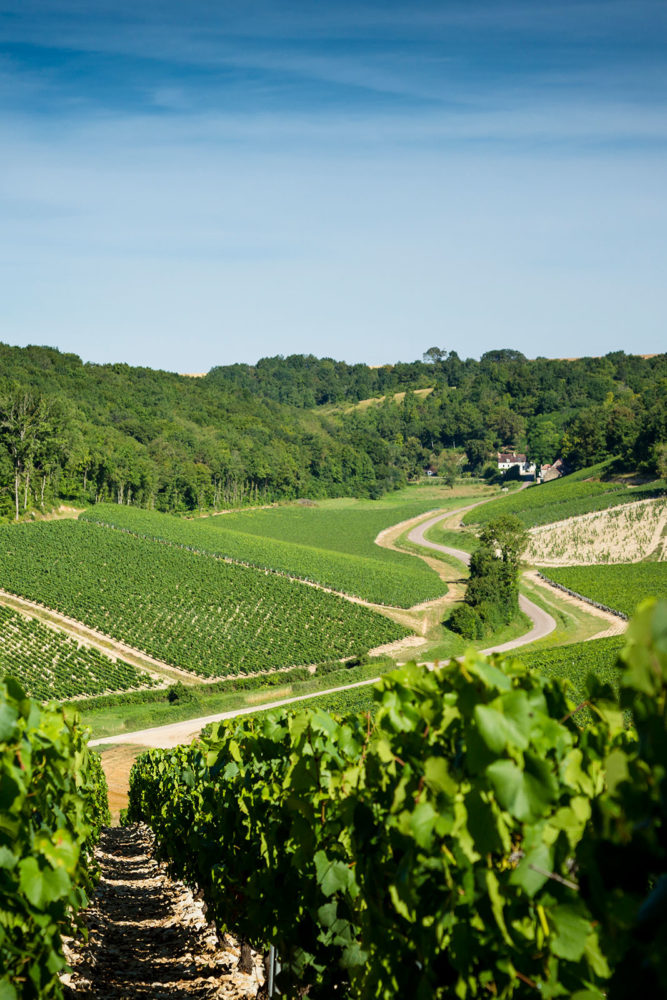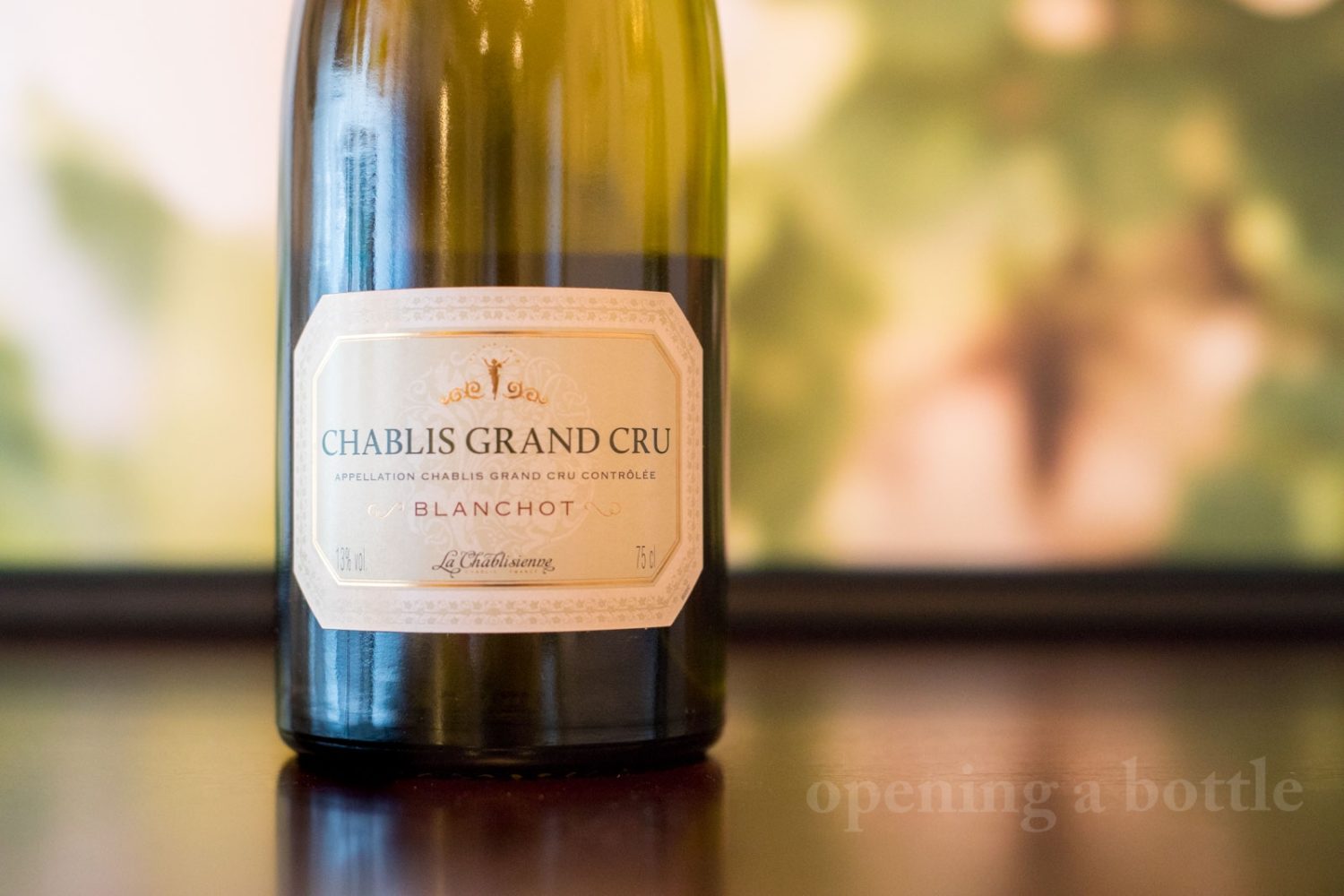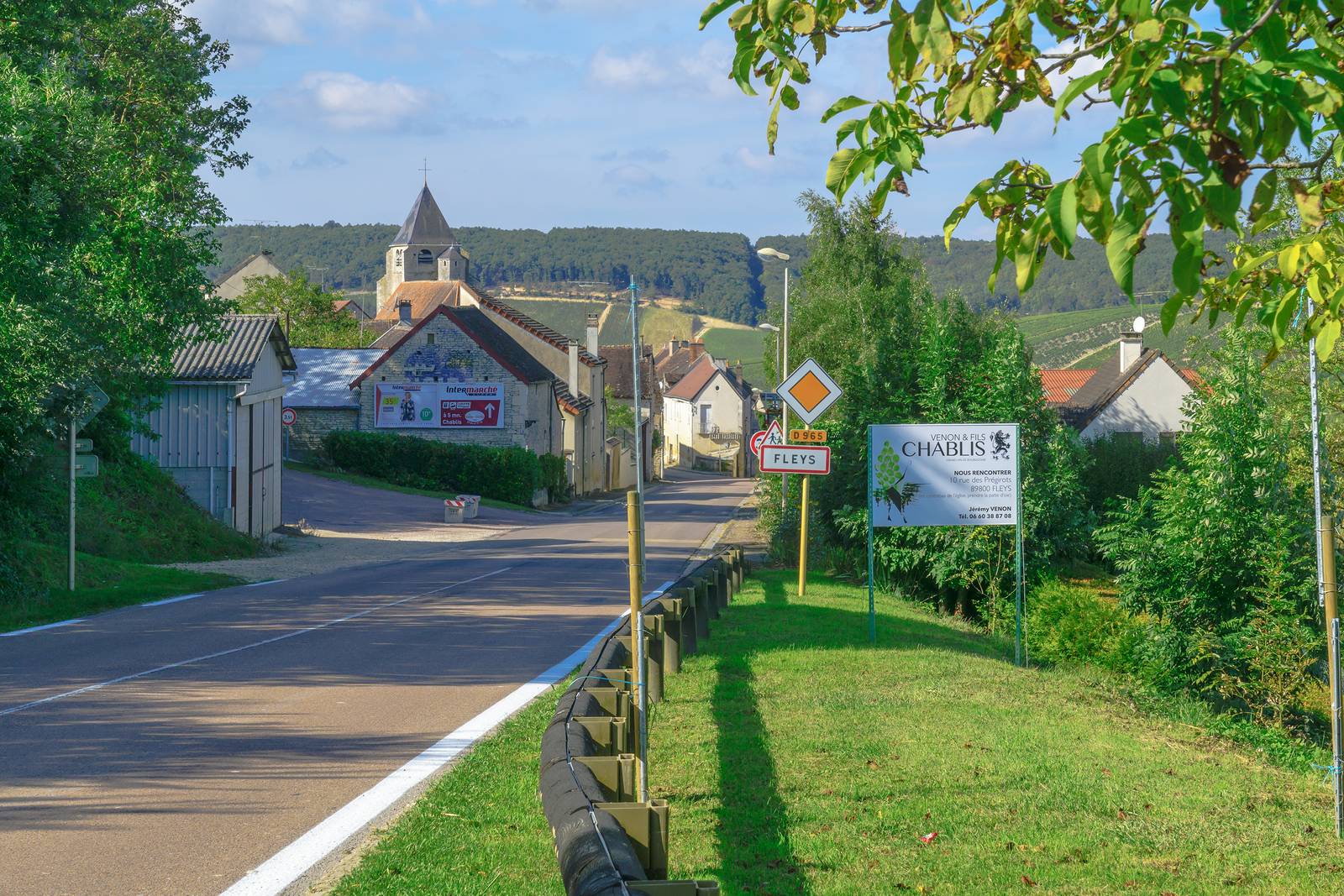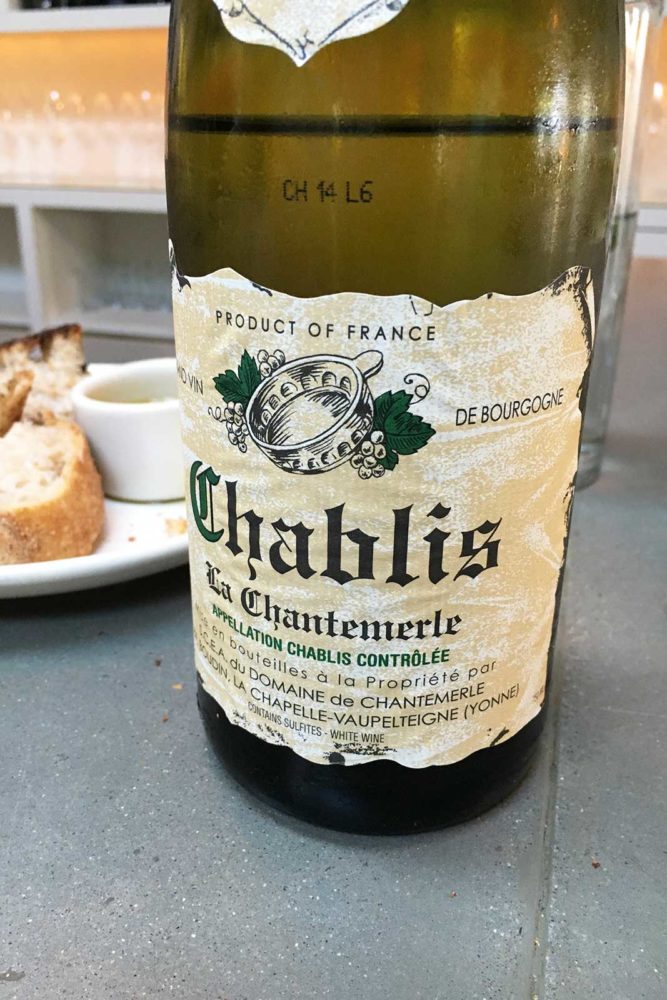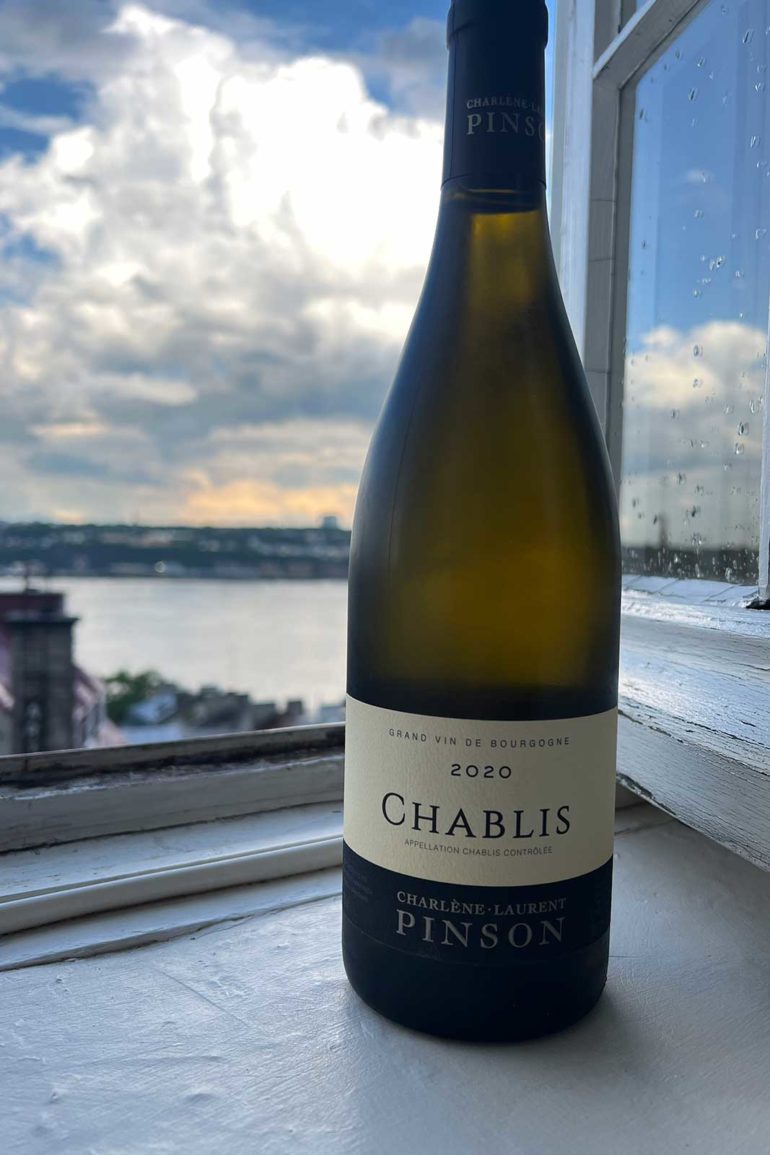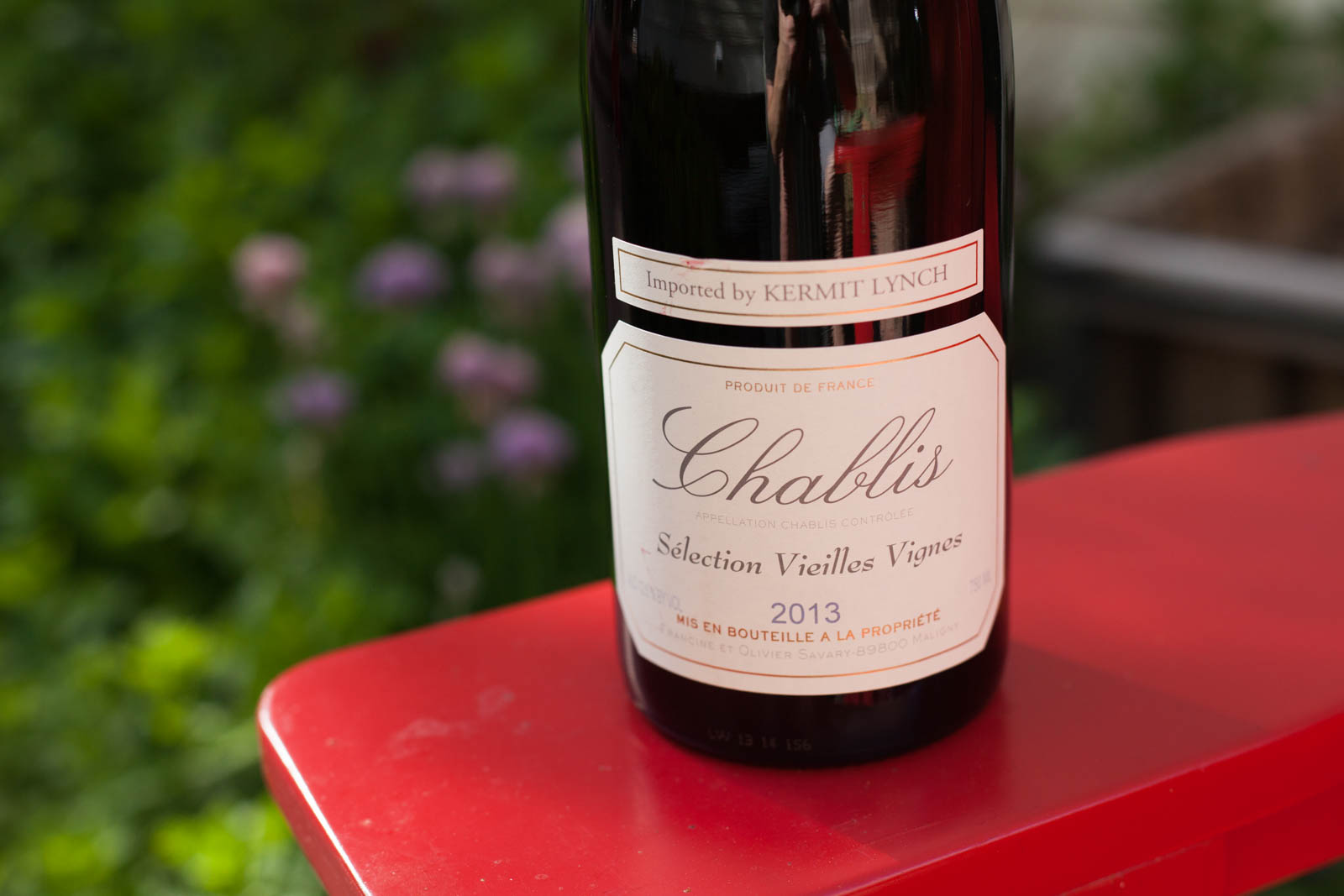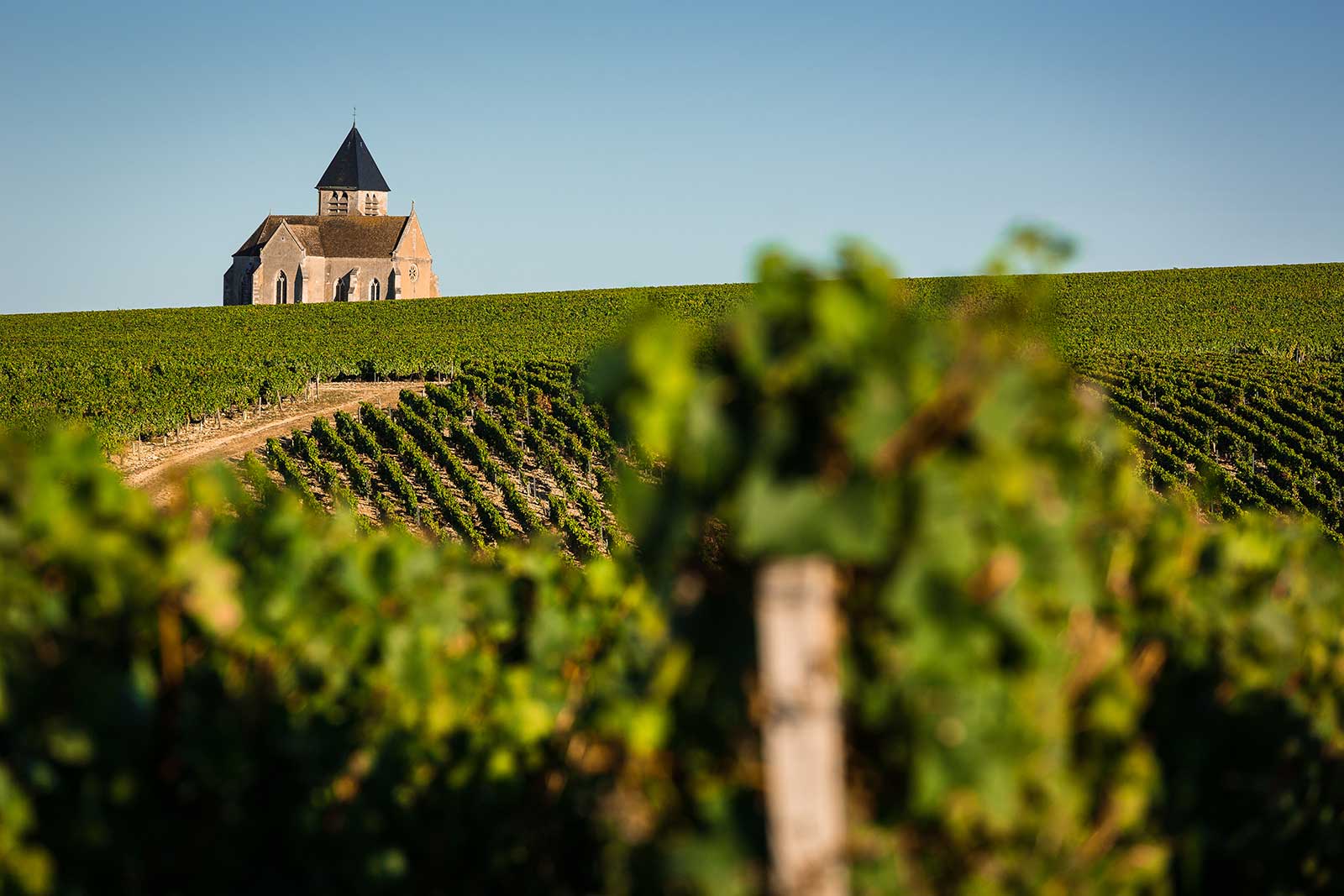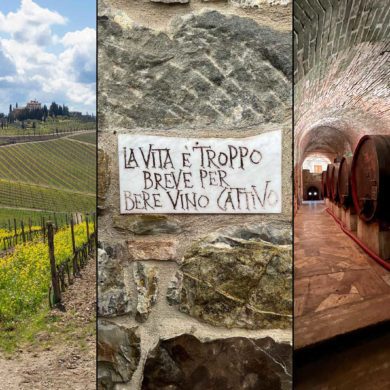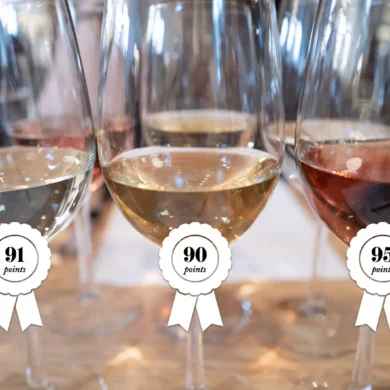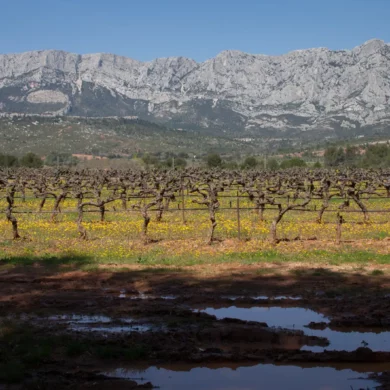News flash: Chablis is a spectacular wine. Check that. A spectacularly consistent wine. Even self-proclaimed “Chardonnay haters” admit that Chablis is not like the others; in fact, I’ve heard many such people say that it is their favorite white wine. (If that sounds akin to saying “I hate jazz, but Miles Davis is my favorite artist” … well, you’re not far off).
But that right there underscores why Chablis is such a fundamentally important wine to understand and incorporate into your everyday drinking: it’s excellence is undeniably the product of terroir. And secondly, its brilliant acidity allows the wine to match a variety of cuisines and contexts. File under: “Wines to Buy By the Case-Load.”
In this new online wine class, we will explore the nuances of this esteemed wine region in Bourgogne, France. Filled with photographs, maps and consumer-friendly insights on wine, this high-end presentation is one you won’t want to miss if you love French wine. Below you will find the Zoom credentials as well as a Buyer’s Cheat Sheet for purchasing these wines for the class and well beyond.
Navigate This Study Guide
Zoom Credential
Topic: Chablis: The Most Beloved Chardonnay
Time: Apr 16, 2023 8:00 PM Eastern Time / 5:00 PM Pacific Time (US and Canada)
Meeting ID: 829 1195 5755
Passcode: ChablisMe
Buyer’s Cheat Sheet to Chablis Wine
Guest who would like to taste along with us during the class should buy either a Petit Chablis and village-level Chablis, or a Petit Chablis and a Premier Cru Chablis. And if you want to go all-out and taste a Grand Cru Chablis, we aren’t stopping ya.
About Chablis
Chablis is a northern-latitude wine region located in between Paris and Dijon. It is actually closer to the southern vineyards of Champagne, known as the Aube or Côte des Bar, than it is to Bourgogne’s heartland of the Côte d’Or. It is planted almost exclusively to Chardonnay, and in fact by law, any wine carrying Chablis on the label must be 100% Chardonnay.
What makes Chablis so special is its contrasting soils: Kimmeridgean marl and Portlandian marl. Their names come from the geologic era of their respective origins.
Marl is basically a mixed soil whereby clay accounts for a hefty percentage of the composition. Kimmeridgean marl is the more celebrated soil, with a higher clay content and good deal of limestone. This subterranean environment for the roots, plus the northern latitude and continental climate equals the ID card for Chablis. The wines are bright, complex on the nose, never sluggish and they possess a distinct minerality on the finish.
A majority of these wines are fermented in stainless steel and bottled without the influence of oak. But many of the best Chablis wines — particularly from the top Premier Cru and any of the Grand Cru vineyards — are also fermented and/or aged in older oak barrels to round the edges of the wine and provide more structure. To say Chablis is an “unoaked Chardonnay” is not necessarily accurate; but to say “it is not oaky,” is.
There are four categories of Chablis to know about as a consumer. They act like a scale of quality, expectations and price:
Petit Chablis
This is the entry-level Chablis which is associated with the flatter Portlandian-soil vineyards on the plateaus above the slopeside Kimmeridgean-soil vineyards below. While they are not seen as “terroir wines,” Petit Chablis does carry Chardonnay’s white flowers and potential for tart fruits, and they can be enjoyable to drink, even if they are simpler. This is the most affordable Chablis. It should be consumed young.
I am suggesting this as a wine for comparison tasting simply to demonstrate the differences between the two soil types.
Chablis (Village)
Chablis’ village level accounts for 65% of the vineyard territory in the region. For value-conscious wine drinkers, this is the sweet spot: you can drink some fabulous wines at the Chablis level, especially those designated with Vieilles Vignes, a sanctioned designation for old vines.
Here we are starting to see wines from the Kimmeridgean soil, as well as the signature minerality of Chablis on the palate. The big difference between the vineyards afforded village status and the next two levels above is sun-exposure. Although with recent warming trends, vintages for Chablis the village wine have become more reliable, as there has been less of a struggle for ripening.
Chablis Premier Cru
Here is the level where wine geeks spend the most time. Despite the remarkable pedigree and terroir of the Grand Cru vineyards in Chablis, they are all aligned in sequence along a single slope. The Premier Cru wines have more variety and potential for the exploration of subtlety in the glass due to their differing micro-climates, exposition and producer philosophy.
How many premier Cru are there? Well, there is a wrinkle here. In total, 17 is the sanctioned number, but because of the many smaller parcels of unique character (called lieux-dixs in Bourgogne), you can see several additional names. Some Premier Cru — like Fourchaume, Vaillons and Mont de Milieu — are better known than others. But with confidence, look for Premier Cru or 1er Cru on the label.
Chablis Grand Cru
There are seven Grand Cru vineyards in Chablis, comprising only 1.8% of the total vineyard acreage in Chablis. For centuries, these vineyards have consistently produced the best wines from Chablis, and they are celebrated as such. Because they are contiguous along the same slope and with roughly the same soil composition, many wine educators and sommeliers think of them as one single vineyard with sub-vineyards inside of that.
These wines are often aged in oak barrels (but not always) to lend them better shape and structure, but without the impartation of oak flavor or tannin. Again: oak is not inherently bad. It is how you use it. I’ve yet to taste a Grand Cru Chablis (or any Chablis for that matter) which tastes like the piña colada punching bags often associated with New World Chardonnay.
A final note on Premier versus Grand Cru in Chablis … This area is prone to two very significant weather threats: late-season frosts occurring after bud break, and hail storms. These events can devastate vineyards and reduce yields for an entire vintage. They can also be highly localized. One vintage may see a 70% reduction in the availability of a certain vineyard site, while the adjacent vineyard has little to no reduction. While these events do not impact the taste of a particular vintage, they leave the biggest mark on how that year performs.
Noteworthy Producers
I love this passage from The Sommeliers Atlas of Taste by Rajat Parr and Jordan MacKay: “Even in the hands of average producers, Chablis declares itself in a way that comforts us with its cool, brisk familiarity. It has that distinctive minimality, that vaguely earthy note lurking under a mélange of citrus flavors.”
Team Chablis is remarkably consistent. Imagine a baseball lineup where all nine batters are hitting above .300. Of course, you will have a “lead off” and a “clean-up” hitting on that roster who hits .400, and that’s probably who you want to seek out, right?
These producers are widely considered the “greats” of Chablis, which is reflected in their cost and scarcity. I’ll be honest, I’ve yet been given the opportunity to taste them because of their exclusivity:
- Domaine Raveneau
- Christian Moreau
- Domaine René and Vincent Dauvissat
Some other exceptional producers of note (with highly distilled thoughts about them) … think of these producers as the .400 hitters in the analogy above:
- Jean-Marc Brocard – My personal favorite (at the moment).
- Daniel Dampt – These wines are a masterclass in what we call “minerality.” Very textural.
- Domaine Guy Robin et Fils – Some of Chablis’ most electrifying expressions.
- Domaine Pinson – Pure and honest versions of Chablis.
- Paul Nicolle – A consistent favorite in our household.
- Daniel-Etienne Defaix – Old school Chablis. Their old-vine Chablis is worth seeking out.
- Domaine Bernard Defaix – Arrow straight expressions of Chablis. Very solid ambassador of the terroir.
- Isabelle et Denis Pommier – Full-throttle Chablis without being overbearing.
- Domaine Savary – A staple of the Kermit Lynch portfolio.
- Domaine Raoul Gautherin – Elegant versions of Chablis that seem to evoke tea-like aromas.
- Louis Michel – Classic, classic, classic.
- Domaine Laroche – Most opulent version of Chablis I’ve encountered, and what I’ll be tasting during the class.
While it is more fun to explore wines from the smaller, independent domaines, in Chablis, one cannot ignore the wines from a trio of very high-quality, larger-scale producers. Because of their vast holdings (or, in the case of La Chablisienne, collaborations with growers across the region), they offer a unique opportunity for horizontal tasting across both categories of Chablis, and various vineyards. In taking such an approach, you can also remove the variable of winemaking style since its largely consistent within these companies.
So, as a result, I also recommend:
- La Chablisienne – One of the greatest cooperative wineries in the world.
- Domaine William Fevre – Of the widely available producers, they are the best.
- Joseph Drouhin – Very good wines across all of Burgundy. Seek them out if you want to compare Chablis to other Chardonnay wines from the Côte de Beaune or Mâconnais.
